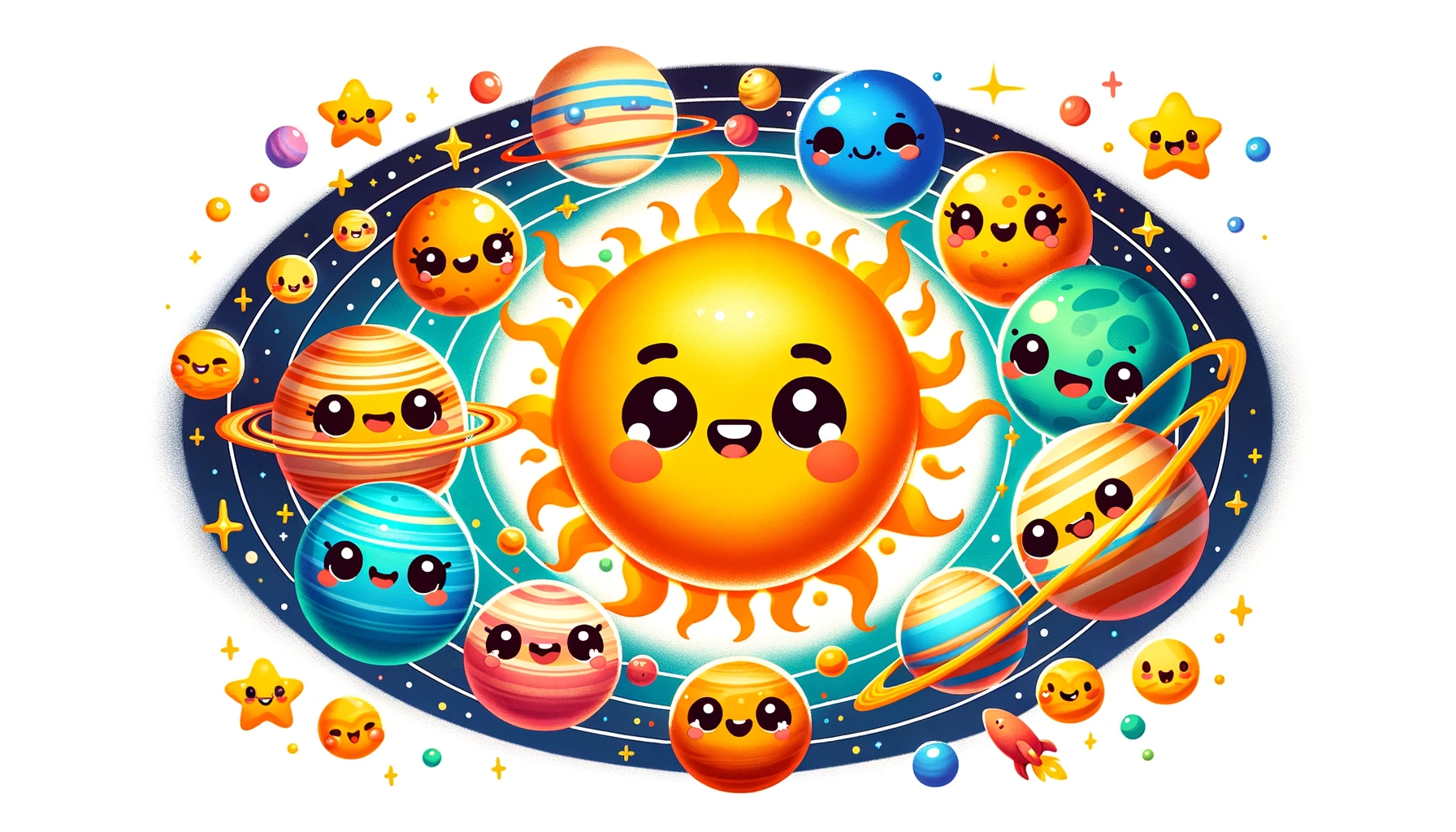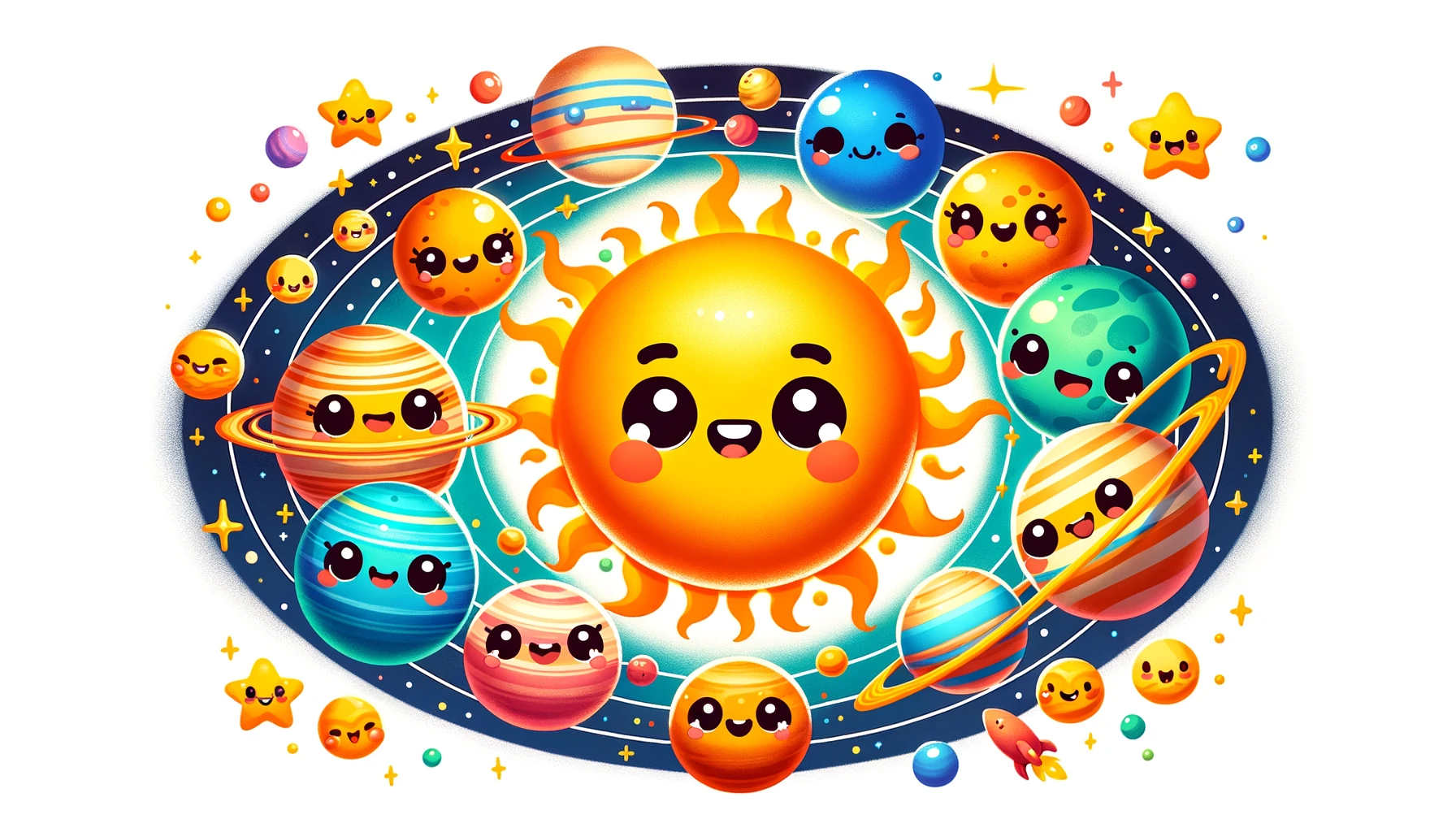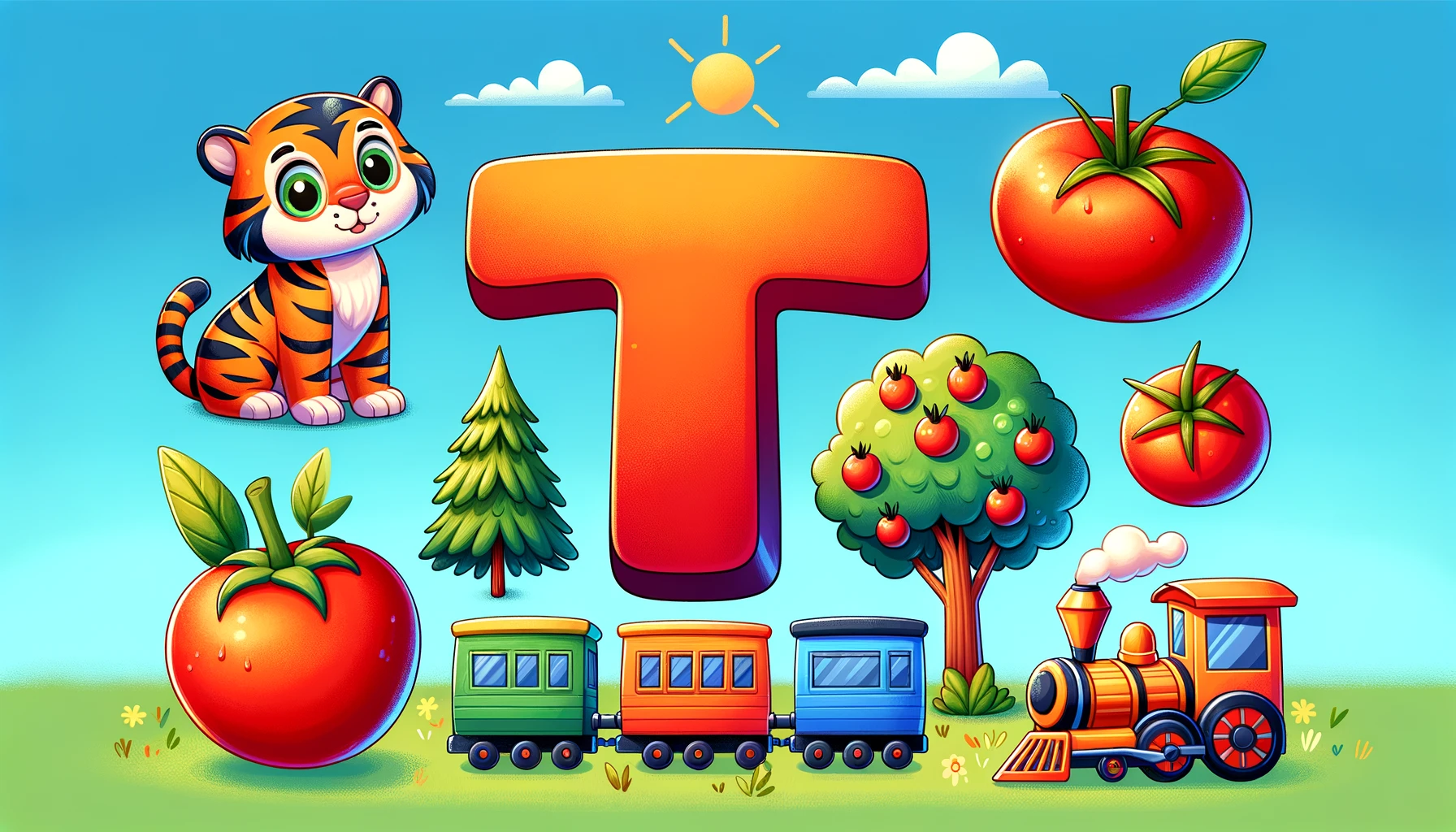Comprehensive Solar System Overview
Comprehensive Solar System Overview
Table of Contents
- Introduction to the Solar System
- Formation of the Solar System
- The Sun: The Center of the Solar System
- The Inner Planets
- The Outer Planets
- Dwarf Planets and Other Celestial Objects
- Moons and Natural Satellites
- The Kuiper Belt and Oort Cloud
- Importance of Studying the Solar System
- Conclusion
- References
Comprehensive Solar System Overview
Introduction to the Solar System The Solar System, our cosmic neighborhood, consists of the Sun and all the celestial objects bound to it by gravity. This includes eight planets, their moons, dwarf planets, comets, asteroids, and meteoroids. Understanding the Solar System is crucial for grasping the dynamics of celestial bodies and the potential for life beyond Earth.
Formation of the Solar System The Solar System formed approximately 4.6 billion years ago from a giant molecular cloud. The collapse of this cloud led to the formation of a spinning protoplanetary disk, with the Sun forming at its center. Over time, particles within the disk coalesced to form the planets, moons, and other objects that we observe today.
The Sun: The Center of the Solar System The Sun is the heart of the Solar System, comprising more than 99% of its total mass. It is a G-type main-sequence star that provides the necessary heat and light to sustain life on Earth. The Sun’s gravity holds the Solar System together, influencing the orbits of all its constituent objects.
The Inner Planets The four inner planets, also known as terrestrial planets, are characterized by their rocky surfaces:
- Mercury: The closest planet to the Sun, known for its extreme temperatures and lack of atmosphere.
- Venus: Similar in size to Earth but with a thick, toxic atmosphere and surface temperatures hot enough to melt lead.
- Earth: The only planet known to support life, with a diverse climate and abundant water.
- Mars: Known as the Red Planet, it has the largest volcano and canyon in the Solar System and signs of past water activity.
The Outer Planets The four outer planets, also known as gas giants, are much larger and composed mainly of hydrogen and helium:
- Jupiter: The largest planet, with a strong magnetic field and dozens of moons, including the volcanic Io and ice-covered Europa.
- Saturn: Famous for its spectacular ring system, Saturn also has numerous moons, including Titan, which has a thick atmosphere and liquid methane lakes.
- Uranus: An ice giant with a unique sideways rotation and a faint ring system.
- Neptune: Known for its deep blue color, strong winds, and large moon Triton, which has geysers of nitrogen gas.
Dwarf Planets and Other Celestial Objects Beyond the eight planets, the Solar System contains several dwarf planets, including Pluto, Eris, Haumea, Makemake, and Ceres. These objects are smaller than the main planets and have not cleared their orbital paths of other debris.
Moons and Natural Satellites Many planets in the Solar System have natural satellites or moons. Earth’s Moon is the fifth largest in the Solar System, while Jupiter and Saturn have the most extensive collections of moons. Some moons, like Jupiter’s Europa and Saturn’s Enceladus, have subsurface oceans that may harbor life.
The Kuiper Belt and Oort Cloud The Kuiper Belt is a region beyond Neptune filled with icy bodies and dwarf planets. It is the source of many comets that enter the inner Solar System. Further out lies the Oort Cloud, a hypothetical spherical shell of icy objects that is thought to be the source of long-period comets.
Importance of Studying the Solar System Studying the Solar System helps us understand the formation and evolution of planetary systems, the conditions necessary for life, and the potential for future space exploration. It also provides insights into the physical processes that govern the behavior of celestial bodies.
Conclusion The Solar System is a complex and dynamic system that offers endless opportunities for exploration and discovery. From the Sun’s powerful influence to the diverse characteristics of the planets and other celestial objects, our Solar System continues to captivate and inspire scientists and enthusiasts alike.

<ⓒ WizardMedics (wizardmedics.com)>







